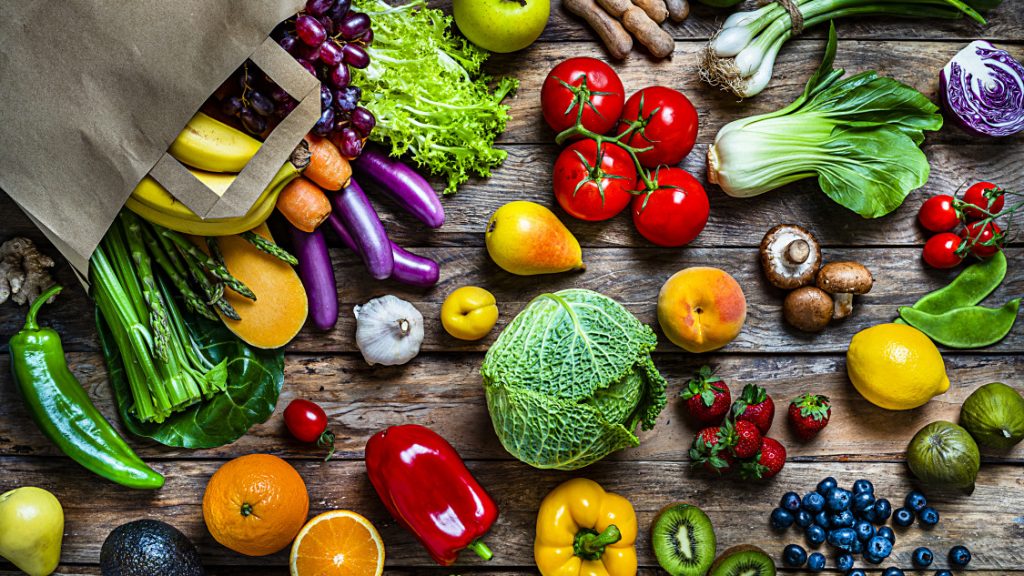
What Drives Commitment to Local Food Buying Clubs? Lessons for Growing Community-Based Food Systems
by Zsófia Benedek and Imre Fertő
Local food-buying clubs (LFBCs) are emerging as transformative forces within sustainable food systems. By connecting consumers directly with local producers, these community-driven groups offer a flexible, scalable alternative to traditional food channels. But who are the customers most committed to LFBCs, and what motivates their ongoing engagement? Our study sheds light on the motivations of LFBC customers in Hungary, offering valuable lessons for policymakers, local food advocates, and marketers seeking to scale these initiatives.
Types of LFBC Customers: Understanding Different Levels of Engagement
We use the Theory of Planned Behaviour (TPB) to classify LFBC customers into three distinct groups:
Non-local food consumers – These consumers are often deterred by perceived costs and convenience issues. They may find local food expensive or challenging to source.
Occasional LFBC customers – This group values local food quality but does not feel strongly motivated by community support or environmental concerns.
Regular LFBC customers – Highly engaged with the environmental and ethical aspects of local food, these customers are motivated by a commitment to sustainable practices and support for local farmers.
The study finds that regular LFBC customers exhibit a distinctive set of values, placing greater emphasis on environmental impact, community support, and food quality than their less-engaged counterparts. This group is typically middle-aged, with above-average household incomes, enabling them to prioritize non-monetary benefits associated with local food, such as reduced environmental footprint and ethical sourcing.
Key Motivators: Beyond Quality, Towards Community and Sustainability
While occasional LFBC customers prioritize freshness and taste, regular customers tend to deeply internalize environmental and community-oriented values. For them, LFBCs are more than just food sources; they represent a way to support local farmers, minimize food miles, and foster community resilience. This high level of commitment reflects a broader pro-sustainability identity, making regular customers less sensitive to social approval or price concerns than other consumers.
Policy and Marketing Insights: Targeted Approaches to Engagement
The study suggests that tailored marketing and policy interventions could be key to boosting LFBC engagement:
Engage occasional LFBC customers through campaigns focused on food quality and local economic benefits. These customers are often motivated by quality but may not be fully aware of the broader community and environmental impact of local food.
Appeal to regular LFBC customers with messaging that underscores environmental benefits, minimal packaging, and sustainable practices. This group is highly motivated by values aligned with sustainability and would likely respond to content that emphasizes these aspects.
Expanding LFBC Participation: Strategies for Policymakers
To promote LFBCs as a sustainable, community-driven solution, policymakers can take several strategic steps:
Raise Public Awareness: Targeted campaigns highlighting LFBCs’ environmental, economic, and social advantages can help attract more consumers. Emphasizing LFBCs’ role in supporting local agriculture, enhancing food security, and strengthening community ties can broaden their appeal.
Collaborate Locally: Partnerships with local governments, educational institutions, and community groups can help integrate LFBCs into broader sustainability programs. Such partnerships could position LFBCs as a central component of food security and climate resilience initiatives.
Streamline Access: Developing digital platforms and apps for LFBC ordering and distribution can improve convenience, potentially drawing in more customers who prioritize ease of access.
Conclusion: LFBCs as a Model for Sustainable Food Networks
LFBCs represent a promising model for creating resilient, sustainable food systems by fostering a direct, ethical link between consumers and local producers. The study underscores the importance of understanding and responding to different consumer motivations. While some consumers need encouragement around quality and community benefits, others are already deeply committed to sustainability values and support for local farmers.
By tailoring messages and policies to meet these varied motivations, LFBCs can engage more customers, strengthen local economies, and contribute to a broader transition toward sustainable consumption. For those seeking to scale community-based food systems, the findings offer a clear pathway to leveraging consumer values for long-term engagement and impact.
Benedek, Z., & Fertő, I. (2024). What makes a devoted local-food-buying club customer?. Heliyon.
https://www.cell.com/heliyon/fulltext/S2405-8440(24)16061-6


